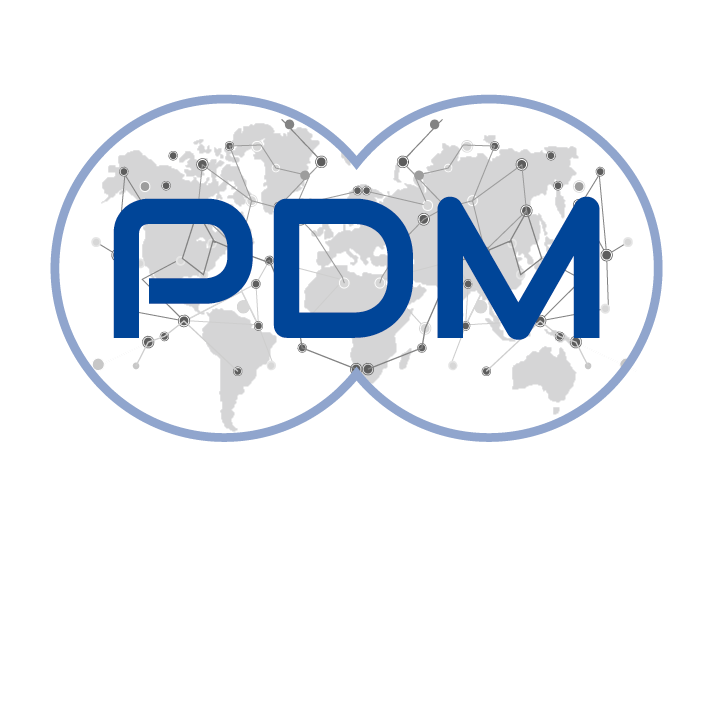Page content
Supporting Debt Transparency through the Debtor Reporting System (DRS) and Sustainable Development Finance Policy (SDFP): A Mission to Mozambique
Much has been written about the looming debt crisis in low- and middle-income countries. A series of global shocks and a worsening climate crisis have created an unprecedented challenge for many of these countries and the global community. In 2021, countries that receive support from the World Bank’s International Development Association (IDA) owed nearly $1 trillion, with 61 percent of them either in debt distress or at high risk of debt distress. While the World Bank is committed to helping countries strengthen their debt management and providing financial assistance, effectively delivering that support requires accurate data and greater debt transparency. Since 1951, the Bank has required borrowing countries to provide detailed information on long-term external debt owed by a public agency or private agency with a public guarantee (at a loan-by-loan level) and long-term external debt owed by the private sector with no public guarantee (in aggregate). Countries are required to undertake comprehensive debt reporting via the World Bank's Debtor Reporting System (DRS). DRS data is essential to the World Bank's analytical and operational work. Today, the World Bank's Sustainable Development Finance Policy (SDFP) incentivizes this requirement. […]



